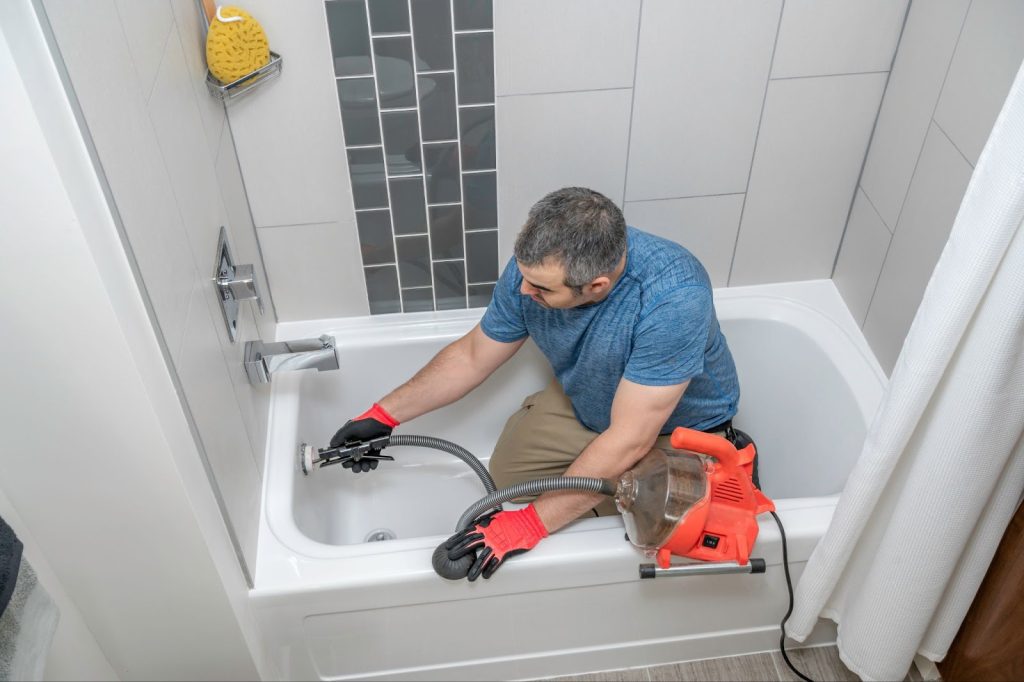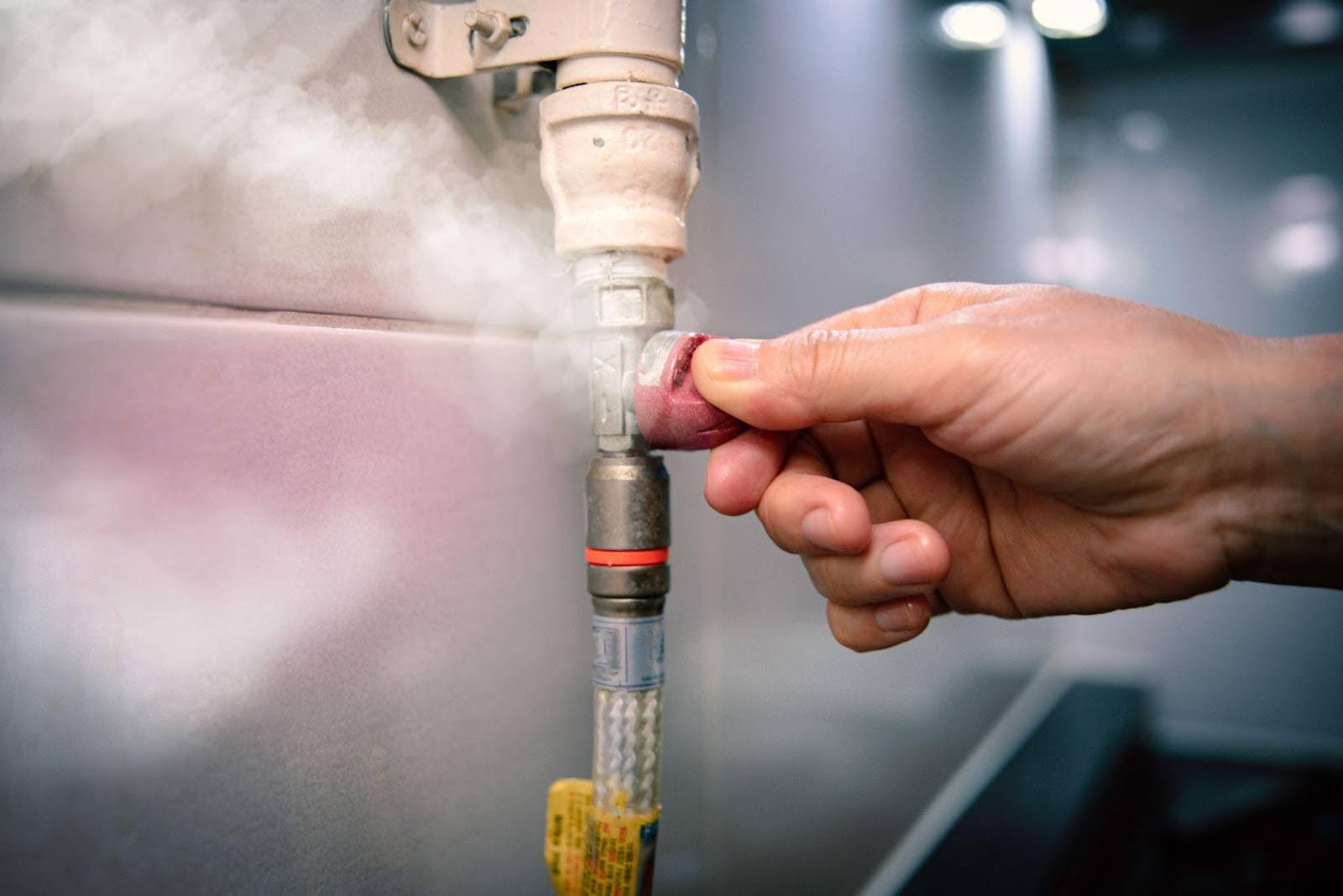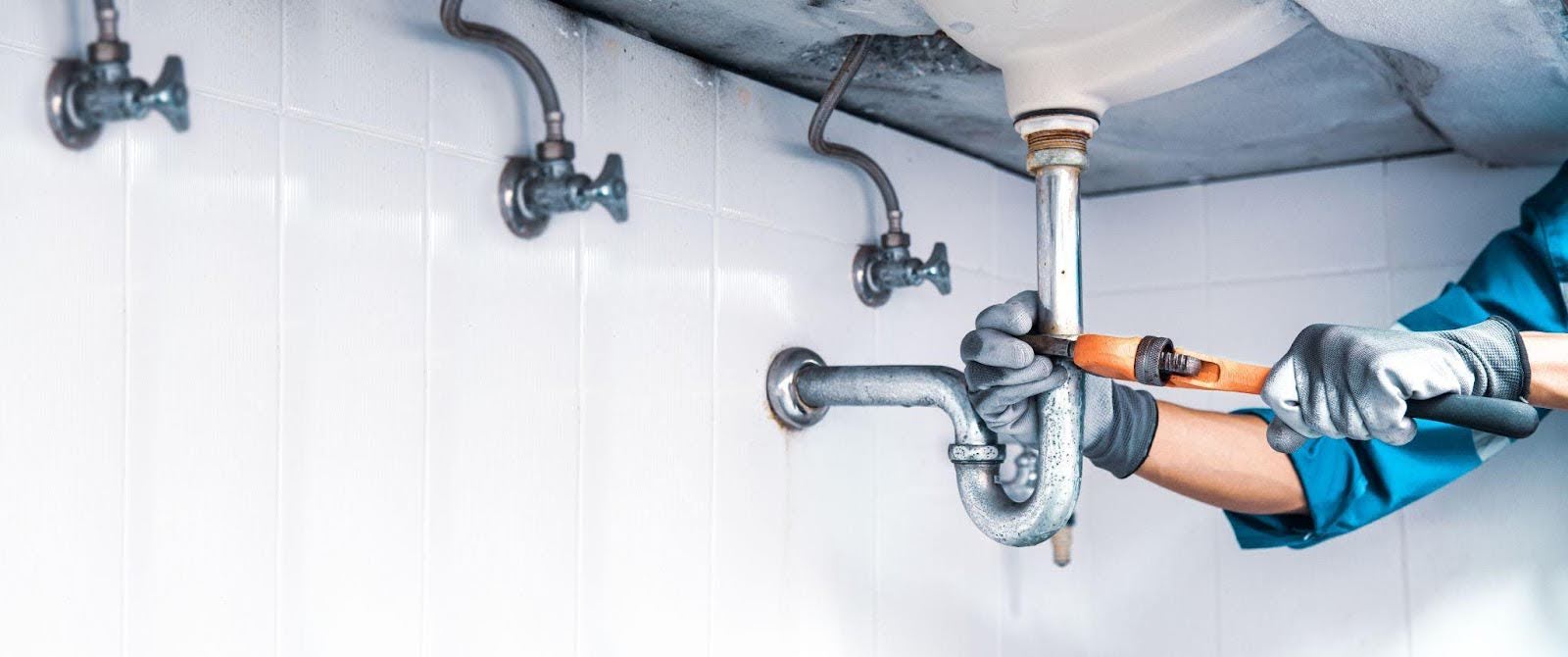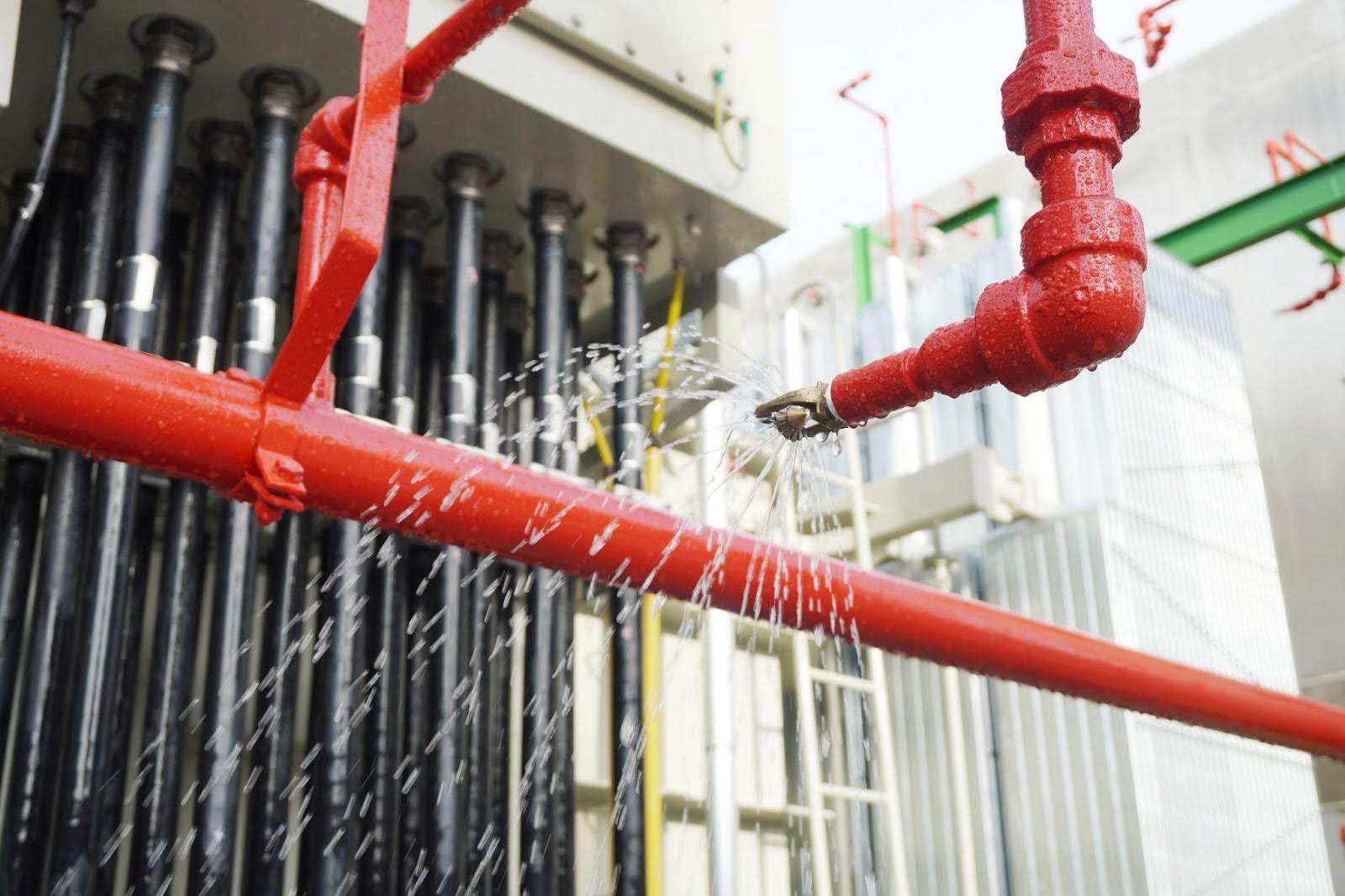Even the toughest bathtubs aren’t immune to wear and tear, facing everything from slight irritations to significant issues that could disrupt your day and dent your finances.
Tackling bathtub problems early is key. This guide aims to fix unexpected mishaps and save you money and hassle by catching issues before they worsen. We’ll explore the most common bathtub woes, including leaks, slow drains, and unsightly cracks, providing you with the know-how to handle repairs smoothly.
Ready for a deep dive into keeping your bathtub pristine? Whether you’re smoothing out a small scratch or tackling a larger problem, our insights and tips will help you maintain a blissful bathroom oasis.
Leakages
Bathtub leaks can quickly turn your haven of relaxation into a source of anxiety. These pesky drips may emerge from the faucet, drain, or even the surrounding tiles, each with its own cause and cure.
Here’s a quick breakdown of some common leaks:
- Faucet leaks: Typically due to worn washers or seals, a common side effect of regular use.
- Drain leaks: Often arise from loose connections or worn-out seals, letting water sneak under the tub.
- Tile leaks: Result from cracks in grout or tiles, jeopardizing the area’s waterproofing rather than the tub itself.
Fixing the leaks usually involves resealing or replacing the compromised parts — a DIY-able task for faucet and drain issues. Faucet fixes might need new washers or a cartridge, potentially sorted in under an hour.
Drain dilemmas require more time, particularly if it’s hard to reach the problem area. Tile leaks, however, could call for a professional touch due to the precision required.
Choosing between DIY and professional help depends on your comfort level with plumbing tasks. While many guides and tutorials offer step-by-step help, some situations are best left to the experts. Remember, addressing leaks swiftly saves your tub and protects your home from water damage, ensuring your bathroom remains peaceful.
Slow draining

A sluggish drain turning your relaxing soak into a standstill nightmare? Often, the villains behind this are hair and soap buildup, clogging the path to a clean, free-flowing tub. Left ignored, this nuisance could hint at more serious plumbing woes.
Here’s how to beat the clog:
- Start simple
Grab a plunger and give it a few good pumps. It’s an easy yet powerful way to tackle blockages.
- Chemical aid
If plunging falls short, turn to bathtub-specific chemical cleaners. Follow the directions closely to protect your pipes.
- Drain snaking
For stubborn clogs, a drain snake can work wonders by reaching deep to clear the obstruction.
Should the task of clearing a stubborn clog or navigating the complexities of your plumbing system feel too daunting, rest assured that professional help is readily available with a quick phone call. Expert plumbers are equipped with the right tools and knowledge to efficiently address your issues, providing peace of mind and ensuring your bathtub returns to its optimal condition without further stress on your part.
Prevent future clogs with these tips:
- Use a drain strainer: Catch hair and soap early on. A small investment in a drain strainer now saves headaches later.
- Monthly maintenance: A monthly mix of baking soda and vinegar naturally keeps your drain clear without harsh chemicals.
- Seek professional help: Persistent slow draining might require a plumber’s insight to spot deeper issues.
Quick action and preventive care keep your tub draining smoothly and ensure your bath time stays relaxing.
Cracks and chips
Cracks and chips turn your bathtub from a relaxing oasis into a potential leak hazard, threatening the bathroom’s structure. However, with timely repairs, you both enhance your tub’s look and seal off any avenues for leaks.
- Assess the damage: Gauge whether you’re dealing with minor issues that a quick patch can fix or if you need a more thorough refurbishment.
- Quick fixes: For small cracks, grab a repair kit. Mix, apply, and smooth over the area to not only conceal but also waterproof the damage.
- Complete overhaul: For serious damage or a fresh look, refinishing is your answer. It’s about sanding, repairing, and applying a new finish, requiring more effort but offering a dramatic makeover.
Proper care is crucial for lasting results after repairing your bathtub. Patches are set in a few hours, while a full refinish requires up to two days of drying. With patience, these fixes significantly extend your tub’s lifespan — patches last years, and refinishing can add a decade.
Regular, gentle cleaning maintains the repair quality and keeps your tub looking and functioning like new. Addressing damage swiftly preserves your bathtub’s aesthetics and reinforces its role as a reliable sanctuary for relaxation.
Faulty faucets

A leaky faucet or one failing to adjust water temperature quickly sours a relaxing bath, leading to frustration, wasted water, and higher utility bills. Luckily, many faucet issues are easily fixable, significantly improving your bathroom’s function.
- Identify the issue: Determine if the problem stems from a worn washer, seal, or faulty valve — common culprits behind drips and temperature mishaps.
- Tool time: Arm yourself with basic tools like a wrench and screwdriver, plus any necessary replacement parts.
- Washers and seals: Shut off the water, disassemble the faucet, and swap out old parts to stop leaks.
- Valve issues: For temperature troubles, you might need to replace the valve, which is a slightly more involved fix requiring access to the faucet’s stem.
Cost-saving tips
DIY repairs can be wallet-friendly, with parts usually costing a few dollars. More complex valve replacements might run between $15 to $50. If DIY isn’t your style, professional plumbers can do the job, typically charging $50 to $150, depending on your region.
Regular cleaning is paramount
Regularly clean your faucet and watch for wear signs. Are you noticing hard water issues? A water softener may help. Keeping up with maintenance and addressing repairs promptly ensures a perfectly running faucet, contributing to a serene bath experience.
Whether tackling repairs yourself or calling in experts, quick action is essential for maintaining your faucet’s prime condition.
Salisbury Plumbing is ready to help
Salisbury Plumbing is the go-to solution to bathtub issues for residents throughout Utah County. Our team of licensed professionals is equipped to handle everything from simple fixes to complete renovations, ensuring your bathroom is in the best hands.
Don’t let bathtub issues disrupt your peace of mind. Reach out to Salisbury Plumbing for reliable, efficient, and friendly service that guarantees your bathtub is back to its best in no time.
toto slot






